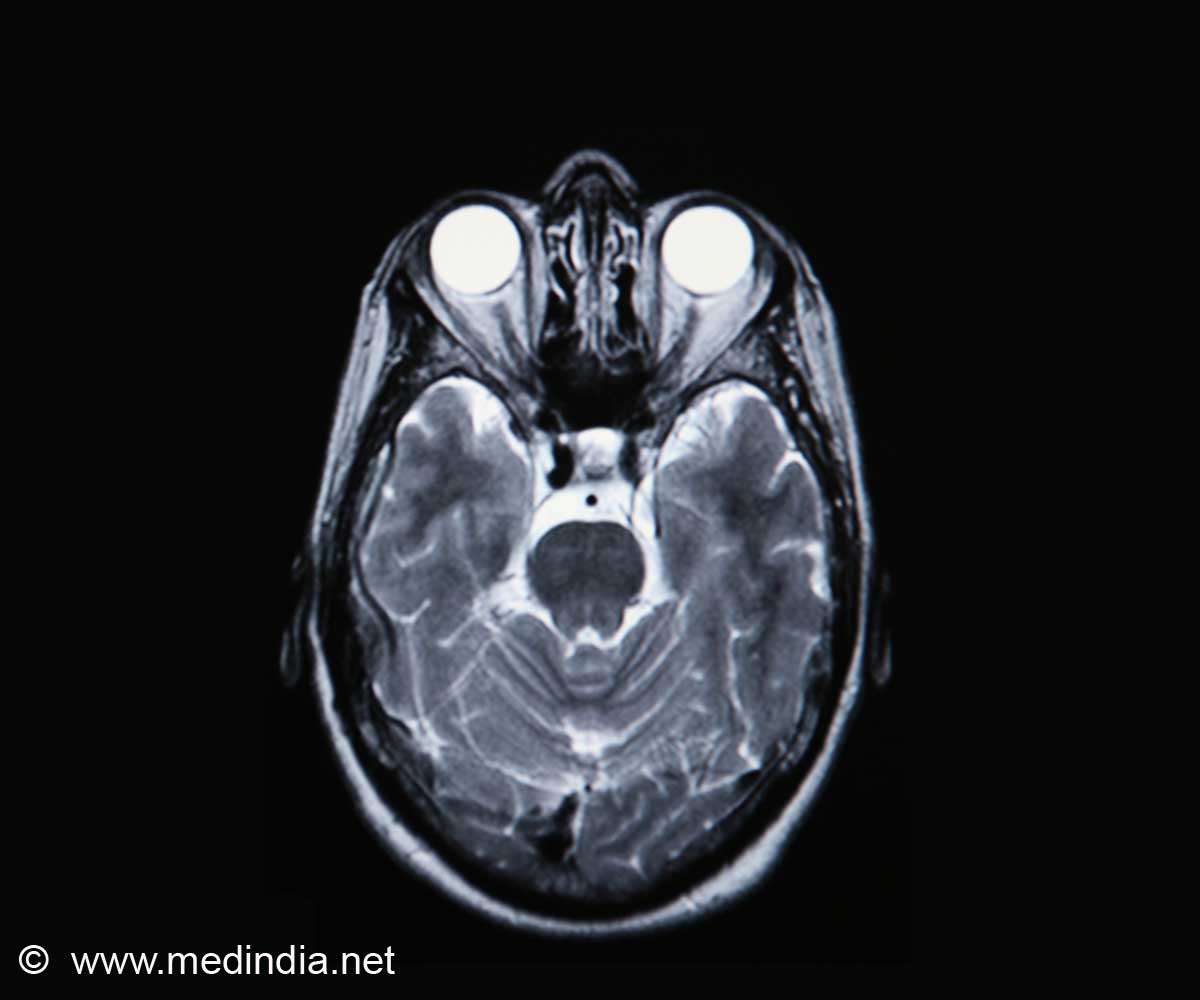Contrary to popular belief, the most devastating aspect of Parkinson's disease may not be its debilitating symptoms, which rob its victims of their ability to control their own movement.

In the latest issue of the Journal of Neuroscience, now available online, scientists in the laboratory of Gladstone Investigator Steve Finkbeiner, MD, PhD, harnessed the power of their one-of-a-kind robotic microscope to track the lifespan of individual neurons over time. The microscope has been used to study a variety of neurodegenerative diseases, and in this study, they focus their attention on LRRK2—the most common genetic cause of Parkinson's.
Scientists have long known that mutations in LRRK2 cause misfolded versions of the LRRK2 protein to accumulate in neurons. The prevailing hypothesis has been that misfolded LRRK2 boosts the activity of a type of enzyme called kinase, and that this heightened kinase activity is what drives cell death. Scientists have also looked to the fact that mutant LRRK2 tends to clump together into so-called inclusion bodies (IB's) as another contributor to the disease's progression.
"As a result, researchers have used the presence of IB's and heightened kinase activity as a proxy for measuring LRRK2's harmful effects, rather than measuring LRRK2 levels directly," explained Dr. Finkbeiner, who is the associate director of neurological research at Gladstone as well as a professor at the University of California, San Francisco, with which Gladstone is affiliated. "But we were unconvinced that these were the main drivers of cell death—so we decided to take a closer look at what was happening inside the cell."
When studying neurodegenerative diseases such as Parkinson's, which are defined by the degradation and death of neurons, traditional tools usually only allow researchers to track neuronal death at the population level. But Dr. Finkbeiner's revolutionary microscope enables researchers to follow the lives of thousands of individual neurons—offering the clearest view into which events during the lifetime of the cell play a role in its death.
Advertisement











